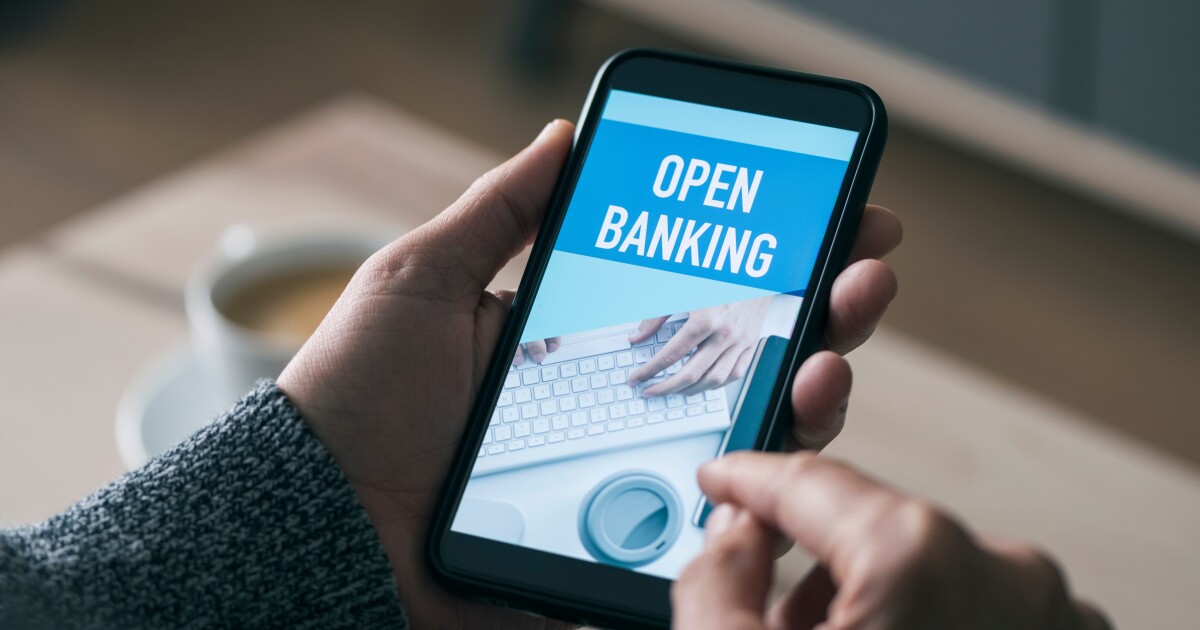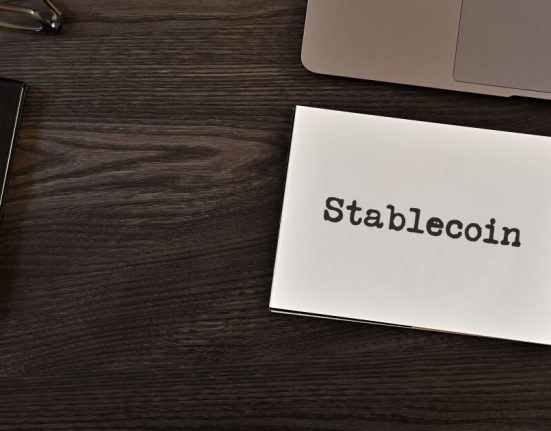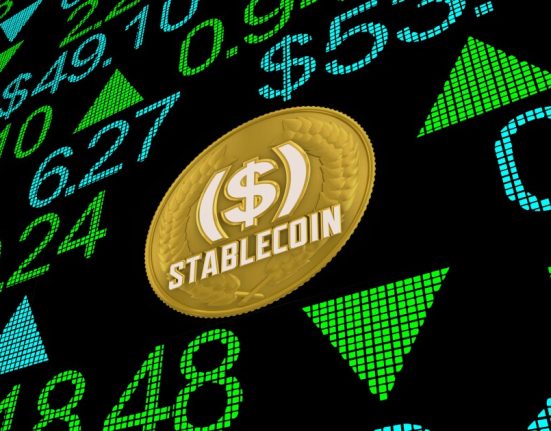Adobe Stock
It is common in the U.S. for consumers to scroll through the two-point font on their phones and blindly tap “I agree” to a set of terms and conditions that they didn’t read. For those who would prefer to watch paint dry than read banking regulations, the above example essentially sums up the reason our country needs to catch up on what is commonly referred to as “open banking.” It’s one thing to tap “I agree” when your Frogger game needs to be updated; it’s another when it has to do with your money.
In the area of innovation, we represent a mix of experiences that inform our views on how open banking can work. While our backgrounds differ slightly, one being a former politician and community banker while the other has a long history as a regulator and executive of both a European and an Asian global bank, we have both witnessed open banking in action. For example, Germany has fully embraced the marriage of banking with fintech by cultivating what some call the world’s most open banking environment. Institutions like Barclays and Santander developed API systems that allow their customers to have access to an almost limitless variety of products and services that have nothing to do with Barclays or Santander. Yet, therein lies the rub for most large, traditional American banks who view the ownership of their customer’s data as creating a duty to protect more than an opportunity to serve. Data-sharing poses a risk to them because most innovation in the financial services world has come from outside the traditional banking world and banks will likely be held responsible for anything that goes wrong with a third party they have no control over.
However, unlike their large traditional counterparts, innovative banks who have sought to partner with and help power fintech companies have seen great opportunities in the movement of consumer data offered by open banking. While it is important to note that these innovative banks take their responsibility to protect their customers’ data as seriously as large, traditional financial institutions, their business DNA and underlying market strategy pushes them to see how consumers can be more effectively and efficiently served by them and their fintech partners in the open banking environment.
Even with innovative banks and fintech companies working to create a robust open banking environment, the bottom line is that for it to work well, customers must control their own data and make informed choices about sharing it. Personal and business financial data deserve thorough scrutiny, validation and security; much more so than blindly accepting the terms and conditions.
The downside of getting this wrong could be ruinous. But the upside can continue the democratization of financial services and spur a renaissance of innovation.
So how do we realize the upside while mitigating as much of the downside as possible? At the end of the day, that comes down to everyone’s least favorite concepts: personal accountability and vigilance. Unfortunately, bad decisions made by consumers cannot be legislated or regulated out of existence. Simply put, the government should not pursue paternalistic legislation and regulation for “consumers’ benefits.” Instead, empowering consumers to own and control their financial data requires education and accountability. However, consumer financial protection agencies must be vigilant to ensure that companies are doing right by consumers, and that any unscrupulous financial service providers are held accountable. For that, we need a strong Consumer Financial Protection Bureau.
As CEOs of the American Fintech Council, a standards-based trade association representing banks and fintech companies, and the Woodstock Institute, a nonprofit focused on ensuring that the financial system works for everyone, we view open banking as holding tremendous promise for communities, individuals, and industries that never quite fit the existing model of banking and finance. Unfortunately, we have a 200-year-old financial system complying with 60-year-old regulations that barely reference the existence of the internet. Asking them to embrace the process of creative destruction for the purpose of expanding financial products, services and accessibility is akin to the Catholic Church’s 360-year journey to finally acknowledge that the Earth revolves around the sun. We’ll get to the right decision eventually, but we will not be well served by waiting quite so long.
None of the barriers espoused by the industry regarding open banking are insurmountable. We can figure this out and should do so soon to create a competitive environment that benefits consumers and our economy. To encourage the changes we discussed requires responsible industry and consumer groups to work together so we can ensure that all entities in the new open banking ecosystem are well equipped to handle the new roles and responsibilities that come with it.







